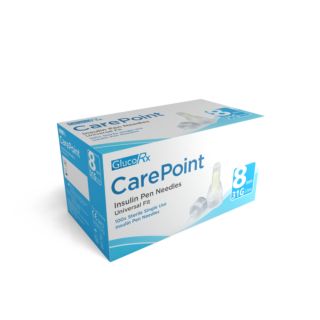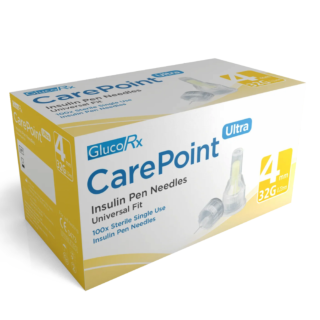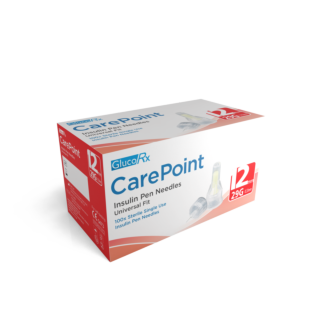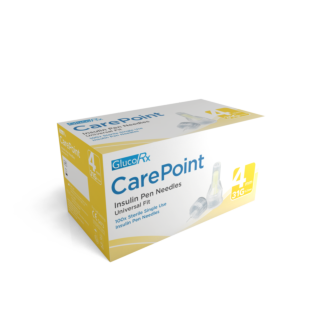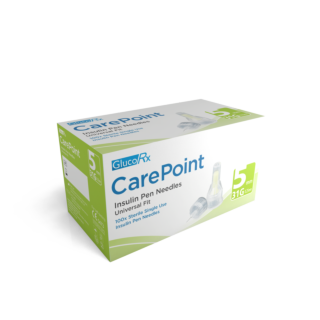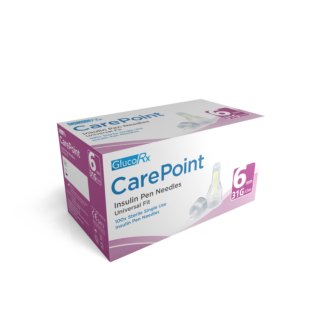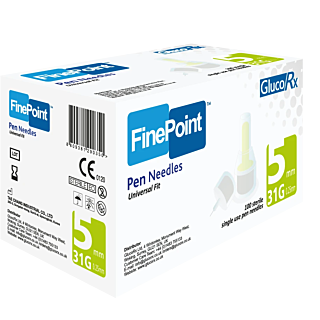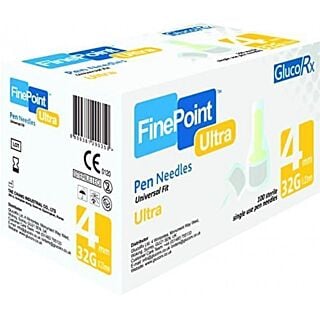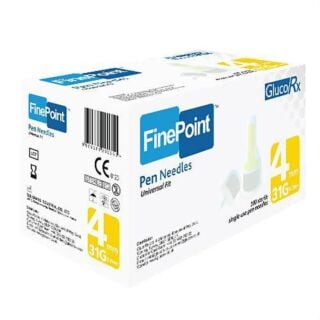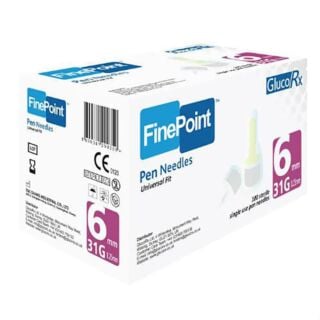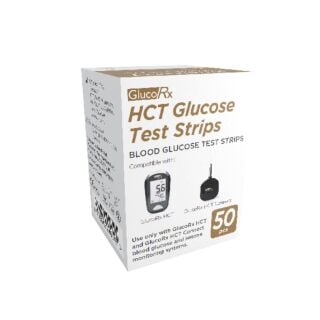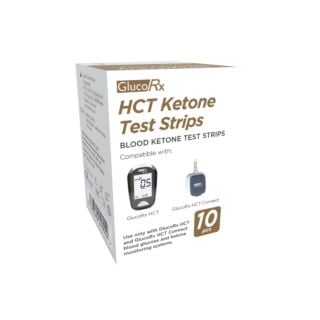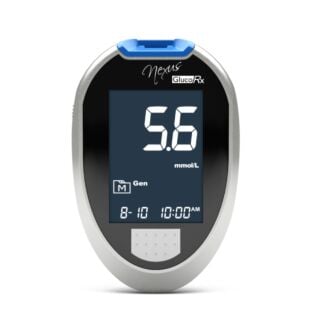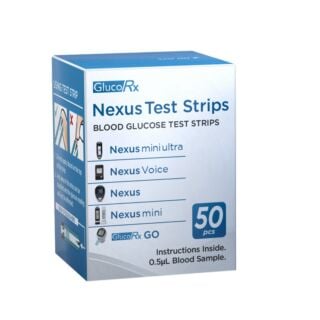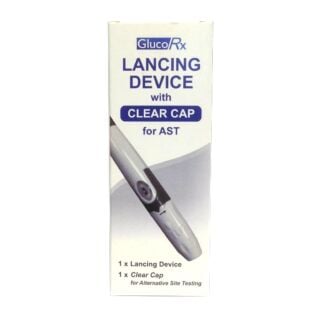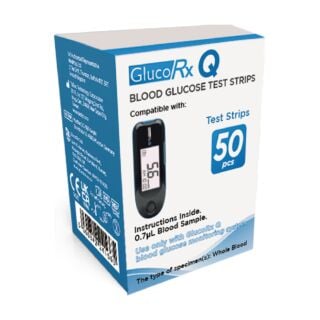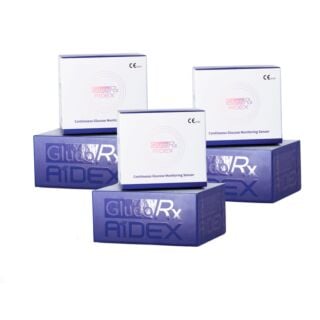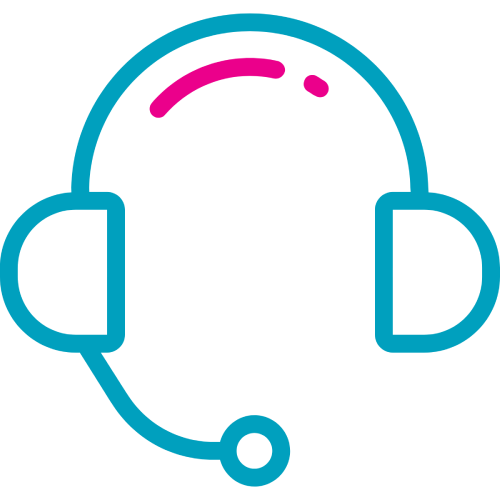GlucoRX
GlucoRx is committed to improving the lives of those with diabetes. … Read More See less
You can rest assured that GlucoRx provides both top-quality yet affordable diabetes management equipment, ranging from finepoint needles, strips and meters, to measure both glucose and ketone levels.

Free delivery when you spend over £30

100% discreet delivery for every item ordered

Fully regulated UK pharmacy
Can you reuse diabetic needles?
Insulin needles are only intended for single-use and you might be wondering why.
It’s obvious why you can’t share needles with others, but you might be wondering if you can reuse your own needle - after all, how can you infect yourself?
When you inject the needle into your skin, your natural bacteria will stick onto the needle’s surface.
The reuse of needles can increase the risk of contaminating yourself with more harmful bacteria, so it’s important to only use the needle once, then dispose of it safely into a sharps bin.
What is a ketone strip?
Ketone testing is an essential part of diabetes management as it can prevent short-term complications like ketoacidosis from happening.
You can measure the ketone levels in your urine and blood, and if you have diabetes, ketones being present means you’re not getting enough insulin, which can be dangerous.
There are multiple ways to test for ketones - you can prick your finger on a lancing device, or allow blood or urine to pass over a testing strip.
What is continuous glucose monitoring?
Continuous glucose monitoring is exactly what it sounds like - it’s a way to continuously monitor your sugar levels, throughout the day and the night, so you can see your readings at times when you wouldn’t normally monitor, like when you’re sleeping.
You’ll wear the small, water-resistant monitor just under your skin for 14 days at a time, and with the FreeStyle Libre 2, you’re able to access your readings from your smartphone.
The monitor will alert you to any changes in your blood sugar levels, or inform you of a loss of signal between your sensor and the reader, so you can act quickly.
A continuous glucose monitoring device is suitable if you have type 1 or type 2 diabetes.
What is the best time to check blood sugar?
It’s a good idea to tie your testing times into daily events, that way, you’ll always remember to check your levels.
It’s best to test your blood sugar before all three of your meals, after exercise, and before you go to sleep.
It’s important to test before you eat as fasting glucose levels will give you a better, truer reading - if you forget and need to test after a meal, you should wait a couple of hours to ensure your reading is accurate.

